Saffron harvest in Golestan province Iran

VAMENAN, Oct. 24 (MNA) – Vamenan village in Golestan, the northeastern province of Iran is one of the hubs for producing the best saffron in Iran. Many farmers are busy with harvesting saffron flowers at this time of the year.
View more photos at link
https://en.mehrnews.com/photo/165092/Saffron-harvest-in-Golestan-prov
Extremely Drought Tolerant Perennials

A Starter List of Plants for the Gardener Who Doesn’t Like to Water (or water conscience gardeners).
Source 👇
http://www.perennialresource.com/photo_essay.php?ID=311

The Best Water-Wise Plants for Drought-Tolerant Gardens
Pictures and Ideas for Your Drought-Tolerant Landscape
https://www.thespruce.com/water-wise-plants-drought-tolerant-gardens-2736715
Reasons to Consider Drought-Tolerant Landscaping
Drought-tolerant landscaping has become more popular and even mandatory in regions that experience little or sporadic rainfall. Some regions and cities impose fines or offer rebates and incentives to homeowners who replace their thirsty lawns and gardens with water-wise plants and hardscape. If you drive by a home with a dying lawn, the residents probably have stopped watering it and are planning to add gravel, river stones, permeable paving, and low- or no-maintenance ground covers, shrubs, trees, and perennials that don’t need daily irrigation.
Read in Full 👇
https://www.thespruce.com/drought-tolerant-landscaping-what-to-know-2736660

Drought-Tolerant Perennials
If you wish to grow flowers in an area pounded by full sun all day, consider a landscape plan that focuses on drought-tolerant perennials. The use of such plants will reduce time and money spent on irrigation. Descriptions of the flowers to be planted in one such landscape plan are presented below.
Read in Full 👇
https://www.thespruce.com/drought-tolerant-perennials-2130962

Forcing Bulbs In Winter – How To Force A Bulb Inside Your Home

Planting bulbs in winter is a wonderful way to bring a little spring into the house a little early. Forcing bulbs indoors is easy to do, whether you are forcing bulbs in water or in soil. Keep reading to learn about how to force a bulb inside your home.
Read more at Gardening Know How: Forcing Bulbs In Winter – How To Force A Bulb Inside Your Home
https://www.gardeningknowhow.com/ornamental/bulbs/bgen/forcing-bulbs.htm
Asclepias tuberosa ~ Milkweed ~ Butterfly Weed :) How to Grow
Uses ~ Butterfly gardens, meadows, prairies, or naturalized/native plant areas. Also effective in sunny borders. Whether massing plants in large drifts or sprinkling them throughout a prairie or meadow, butterfly weed is one of our showiest native wildflowers.
Asclepias tuberosa is a species of milkweed native to eastern North America. It is a perennial plant growing to 0.3–1 metre (1 ft 0 in–3 ft 3 in) tall, with clustered orange or yellow flowers from early summer to early fall. The leaves are spirally arranged, lanceolate, 5–12 cm long, and 2–3 cm broad.
This plant favors dry, sand or gravel soil, but has also been reported on stream margins. It requires full sun.
It is commonly known as butterfly weed because of the butterflies that are attracted to the plant by its color and its copious production of nectar. It is also the larval food plant of the Queen and Monarch butterflies. Hummingbirds, bees and other insects are also attracted.
See more photos here:
https://commons.wikimedia.org/wiki/Category:Asclepias_tuberosa
Sometimes called pleurisy root, butterfly weed (Asclepias tuberosa) is a perennial wildflower grown for its showy, reddish-orange flower clusters and textured, lanceolate leaves. It thrives throughout U.S. Department of Agriculture plant hardiness zones 4 to 10, where it is frequently added to butterfly gardens and native plant landscaping. Butterfly weed grows well from seeds, which must be harvested in late summer and sown after a lengthy chilling process. The seeds are viable and will germinate with little care, although they must be planted at the appropriate depth to ensure successful sprouting.
http://homeguides.sfgate.com/plant-butterfly-weed-seeds-45536.html
How to Plant Pleurisy Root Tubers
http://homeguides.sfgate.com/plant-pleurisy-root-tubers-99653.html
How to Grow Butterfly Weed in Your Garden
http://organicgardening.about.com/od/flowers/a/How-To-Grow-Butterfly-Weed-In-Your-Garden.htm
Culture and more informational links about plant 🙂
Easily grown in average, dry to medium, well-drained soils in full sun. Drought tolerant. Does well in poor, dry soils. New growth tends to emerge late in the spring. Plants are easily grown from seed, but are somewhat slow to establish and may take 2-3 years to produce flowers. Mature plants may freely self-seed in the landscape if seed pods are not removed prior to splitting open. Butterfly weed does not transplant well due to its deep taproot, and is probably best left undisturbed once established.
http://www.missouribotanicalgarden.org/PlantFinder/PlantFinderDetails.aspx?kempercode=b490
This showy plant is frequently grown from seed in home gardens. Its brilliant flowers attract butterflies. Because its tough root was chewed by the Indians as a cure for pleurisy and other pulmonary ailments, Butterfly Weed was given its other common name, Pleurisy Root. Although it is sometimes called Orange Milkweed, this species has no milky sap.
http://www.wildflower.org/plants/result.php?id_plant=ASTU
Butterflyweed is a prairie plant with bright orange flowers and a long bloom time making it a nice plant to have around the garden. Flowers come in waves from June to early September on older plants. The way it grows it ends up looking like a bush. So far I’ve had plants go to three feet four inches, taller than advertised in the Park Seed catalog. It will bloom late the first year if started early and given enough sun. Some nurseries offer it in yellow. Some catalogs call it butterfly plant or butterfly flower because they don’t want to say “weed”. Butterflyweed is not the same thing as butterfly bush (Buddleia).
Monarch butterflies lay their eggs on these plants so by growing some you end up increasing the butterfly population. Butterflies also favor the nectar found in the flowers.
http://www.dontveter.com/howtogrow/ascltube.html
Mulch for the winter to prevent frost heaving. Plants need excellent drainage to overwinter. Plants are slow to emerge in spring.
http://www.gardening.cornell.edu/homegardening/scene6c17.html
- Serves as Host and Nectar plant
- Popular nectar source for many butterflies
- Attracts a wide range of beneficial pollinators
- Summer Blooming Plant
- Not considered invasive
- The thick, rugged leaves present a good place for chrysalis formation
- Make a nice cut flower for your home
- Deer resistant
Calliandra Californica ~ Baja Fairy Duster
If you enjoy the antics of hummingbirds, be sure to include a few Baja red fairy dusters in your garden. Their bright red, tufted flowers provide year around color and nectar, although the showiest displays are from spring through fall. Baja red fairy duster has ferny green foliage, and an open irregular form that lends itself well to natural landscapes. Mature plants might reach a size of 4 to 6 feet tall and wide. Baja red fairy duster can be used in full sun or part shade, and is tolerant of most soil types. Temperatures below 20° F can cause some twig damage. Any shaping or pruning should be done in the late spring,but be careful not to overdue it, as heavy pruning will inhibit flower production!
Baja fairy duster (Calliandra californica) is a must have for the desert garden. There is so much to love about this shrub.
Welcome to Ramblings From a Desert Garden…
Calliandra californica (Baja fairy duster), is an evergreen, woody shrub which is native to Baja California, Mexico. In Spanish, the plant is also known vernacularly as tabardillo, zapotillo or chuparosa. The flowers, which appear in early summer, have clusters of red stamens. The shrub is usually between 0.6 and 1.8 metres in height and has bipinnate leaves. The leaves have been described as “fern-like.” Leaves close at night time.
C. californica is cold tolerant to temperatures of 22 degrees Fahrenheit, though its roots will tolerate temperatures as low as five degrees Fahrenheit. It grows best in full sun. C. californica is very drought tolerant, needing only 10 inches of water every year. However, additional watering will encourage C. californica to bloom through summer and again in the fall.
Propagation of C. californica is done through “acid scarification” or vegetative cutting. Seed pods from this plant look like “snow peas” and when ripe, they explode. The pods are flat and about 2 inches long. After ejecting seeds, the curled open pods remain attached to the plant for some time.
C. californica attracts both bees and hummingbirds.
Along with many other legumes and leadworts (Plumbago), it is a host plant for the Marine Blue caterpillar (Leptotes marina).
In landscaping, it is suggested that C. californica is used in borders or foreground plantings, as an island accent or even in containers.
As a member of the pea family, Baja fairy duster fertilizes itself, so no fertilizer or soil amendments are needed for this relatively fuss-free shrub.
How to Grow a Calliandra Fairy Duster
Cure the Winter Blues with a Window Garden :)

Chase away the winter blues with an indoor window garden …. Read Here
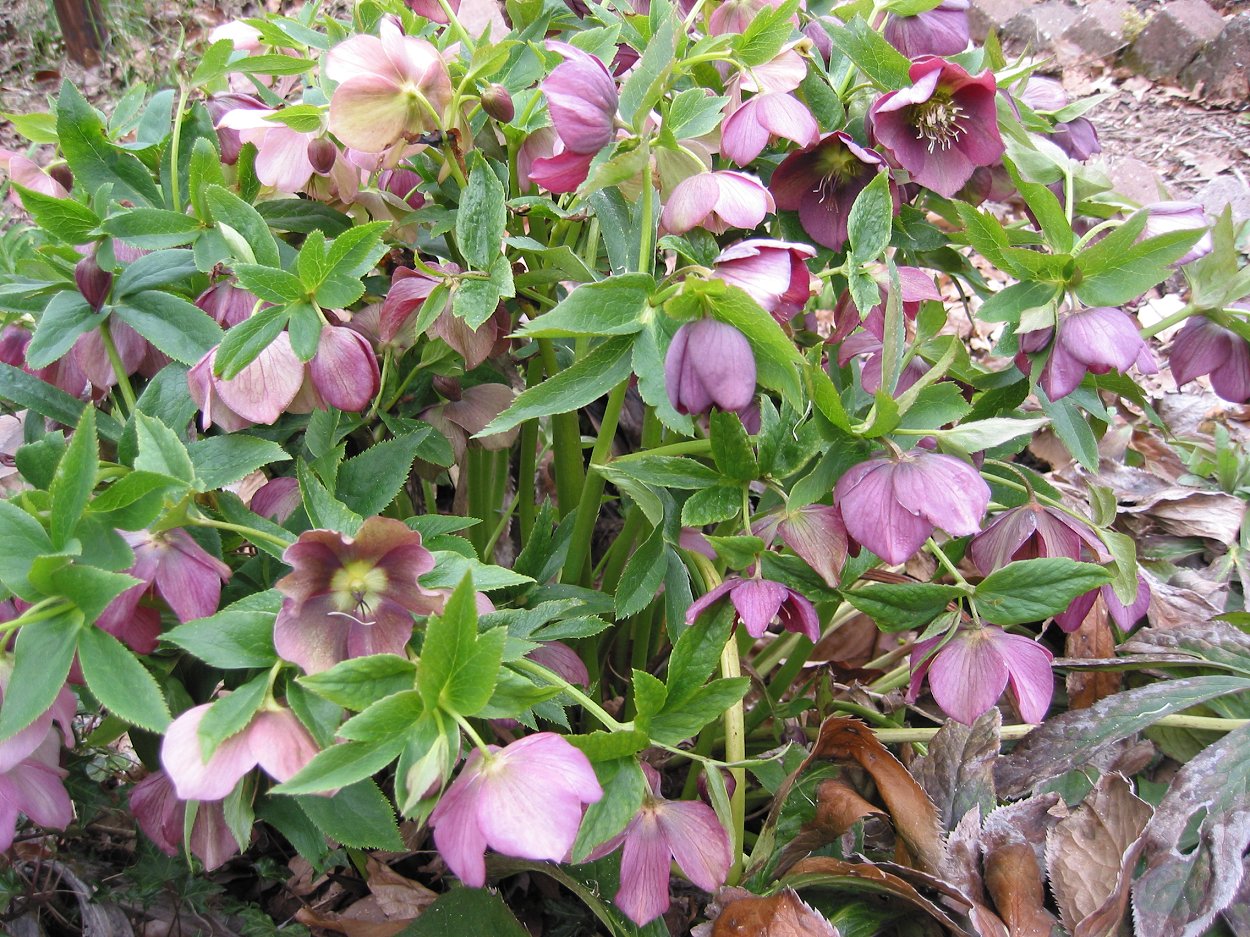
Growing Guide Helleborus (Hellebore, Lenten Rose)
Commonly known as hellebores /ˈhɛlɨbɔərz/, the Eurasian genus Helleborus comprises approximately 20 species of herbaceous or evergreen perennial flowering plants in the family Ranunculaceae, within which it gave its name to the tribe of Helleboreae. The scientific name Helleborus derives from the Greek name for H. orientalis, ἑλλέβορος helléboros, from elein “to injure” and βορά borá “food”. Many species are poisonous. Despite names such as “winter rose”, “Christmas rose” and “Lenten rose”, hellebores are not closely related to the rose family
Winter Project 🙂
How to create pots of your favorite spring bulbs in an afternoon

Missing the heavenly fragrance of hyacinths or the brilliant hue of tulips in your garden? Even if you didn’t have time to plant bulbs last fall, you can still create pots of your favorite spring bulbs in an afternoon.
So, even if last fall’s bulb-planting intentions fell to the bottom of your to-do list, a container garden is only a day away!
Many nurseries and garden centers recognize that you often either don’t have the time to plant bulbs in the fall, or you might not have enough space in your garden to include them. To help you out, they offer a timely solution in the form of potted bulbs that you can take home and make your own.
Read in Full Here @ BHG
If you think that autumn is the time to stop gardening think again! Bulb-planting time!
Fall-planted bulbs produce the first blooms of next year’s season. The bulbs spend the winter making roots and come up early in the spring.
Tips for Planting Bulbs
- In the fall, you’ll find bulbs to purchase everywhere! Make sure you buy your bulbs from a reputable nursery, garden center, or catalog. Second-rate bulbs product second-rate flowers or don’t sprout at all.
- Plant anytime before the ground freezes. In the lower South, where you may not have hard freeze, early November is a good time to plant.
- See the chart below for type of bulbs by hardiness zone. In the warmer South, note that some bulbs need to be treated as annuals instead of perennials (e.g., tulips); they’ll bloom once and then they’re done. Still, they are a beautiful sight to behold and worth it! Other bulbs (e.g., daffodils) will act as perennials and come up year after year.
- For inspiration, visit our Flower Guides which include many common bulbs.
- Ideally, plant your bulbs soon after you purchase them.
- Select a site with lots of sun and well-drained soil. Work a few inches of compost in the soil.
- Plant bulbs generously in case some do not sprout. And plant them in random order and spacing for a more natural appearance. If you love groves of daffodils and blanketed landscapes of tulips, be prepared to buy and plant a large quantity of bulbs!
- In general, plant bulbs at a depth of three times the width of the bulb.
- After planting, apply fertilizer low in nitrogen, such as a 9-6-6 formulation. If your soil’s sandy, plant bulbs slightly deeper; in clay soils, slightly shallower.
- Water well after planting. Apply mulch to keep the weeds down and hold in moisture.
- Do you have voles or chipmunks? Consider planting your bulbs in a “cage” fashioned with chicken wire.
Flower Bulbs : How to Thin Iris Bulbs ~ Iris Plant Care Guide
How to Divide Bearded Irises
Bearded irises tend to become crowded every two to three years and cease to produce good blooms. Division and transplanting allows the clump to rejuvenate and also provides a way to multiply your iris. It isn’t difficult to do, but it is important to do it at the right time of year to ensure that the iris benefits most from the division.
The best time to plant or transplant iris is after flowering through August. Iris are one of the few perennials to transplant during the hottest part of the year. Established plantings of iris should be divided every 3-4 years or whenever the clump becomes crowded or when flowering decreases.
How to Plant and Grow Bearded Iris (contributions by Jim Morris)
Bearded irises are relatively easy garden plants to grow and will give good results with a minimum of care, but like all plants, the better the culture the more magnificent the display. The following instructions are easy to implement and should lead to beautiful iris blooms year after year.
Iris Variety and Plant Care Guide Here @ Auntie’s
Rudbeckia hirta ~ Black Eyed Susan Plant Care Guide
Rudbeckia hirta, commonly called black-eyed Susan, is a species of flowering plant in the family Asteraceae, native to the Eastern and Central United States. It is one of a number of plants with the common name black-eyed Susan. Other common names for this plant include: brown-eyed Susan, brown Betty, gloriosa daisy, golden Jerusalem, Poorland daisy, yellow daisy, and yellow ox-eye daisy.
It is the state flower of Maryland.
The plant also is a traditional Native American medicinal herb in several tribal nations; believed in those cultures to be a remedy, among other things, for colds, flu, infection, swelling and (topically, by poultice) for snake bite (although not all parts of the plant are edible).
Parts of the plant have nutritional value. Other parts are not edible.

Botanical name: Rudbeckia hirta and other species
Plant type: Flower
USDA Hardiness Zones: 3, 4, 5, 6, 7, 8, 9
Sun exposure: Full Sun, Part Sun
Flower color: Red, Orange, Yellow
Bloom time: Summer, Fall
Black-eyed Susans (Rudbeckia hirta) are native to North America and one of the most popular wildflowers grown. They tend to blanket open fields, often surprising the passer-by with their golden-yellow beauty.
Members of the sunflower family, the “black eye” is named for the dark brown-purple centers of its daisy-like flower heads. The plants can grow to over 3 feet tall, with leaves of 6 inches, stalks over 8 inches long and flower diameter of 2 to 3 inches.
Butterflies, bees and a variety of insects are attracted to the flowers for the nectar. As they drink the nectar, they move pollen from one plant to another, causing it to grow fruits and seeds that can move about easily with the wind.
These plants bloom from June to October. Note that they can be territorial in that they tend to squash out other flowers growing near them.
Black-eyed Susans are good for cut flowers; they also work well for borders or in containers.
Planting
- Black-eyed Susans when the soil temperature has reached 70 degrees F for best seed germination. In many parts of North America, the planting period is March to May. The flower will flower June to September. Germination takes 7 to 30 days.
- Plant seeds in moist, well-drained soil.
- These hearty flowers really enjoy the Sun. They prefer full sun, though they’ll grow in partial sun.
- Sow by seed in loosely covered soil.
- It’s best if soil is fertile (not poor) though they can tolerate tough conditions.
- Black-eyed Susans generally grow between 1 and 3 feet tall (though they can grow taller) and can spread between 12 to 18 inches, so plant seeds closer to prevent lots of spreading or plant further apart to make a nice border.
Care
- Check your plants regularly to see if they need watering. Make sure they don’t dry out.
- Divide perennial types every 3 to 4 years to ensure healthy plants and to prevent excessive spreading.
- Be sure to remove faded/dead flowers to prolong blooming.
- You can cut back black-eyed Susans after they flower and a second, smaller bloom may occur in late fall.
Pests
- These plants are susceptible to powdery mildew fungi, so begin an organic antifungal program if the lower leaves turn brown and twisted.
- Slugs and snails
- Aphids
- Powdery mildew
- Rust
- Smut
- Leaf spots
Harvest/Storage
After the first season, black-eyed susans can reseed themselves!
Recommended Varieties
- Becky Mixed, which offers a variety of colors for your garden, such as lemon-yellow, golden-yellow, dark red, and reddish-brown.
- Sonora, which has bright yellow flowers.
- Toto, which is a dwarf type and ideal for containers.
Special Features
- Attracts Butterflies

Rudbeckia hirta
Rudbeckia hirta L.
Black-eyed Susan, Common black-eyed Susan, Brown-eyed Susan
Asteraceae (Aster Family)
Synonym(s):
USDA Symbol: RUHI2
USDA Native Status: L48 (N), AK (I), CAN (N)
This cheerful, widespread wildflower is considered an annual to a short-lived perennial across its range. Bright-yellow, 2-3 in. wide, daisy-like flowers with dark centers are its claim-to-fame. They occur singly atop 1-2 ft. stems. The stems and scattered, oval leaves are covered with bristly hairs. Coarse, rough-stemmed plant with daisy-like flower heads made up of showy golden-yellow ray flowers, with disk flowers forming a brown central cone.
This native prairie biennial forms a rosette of leaves the first year, followed by flowers the second year. It is covered with hairs that give it a slightly rough texture. The Green-headed Coneflower (R. laciniata) has yellow ray flowers pointing downward, a greenish-yellow disk, and irregularly divided leaves.
More …
Care of a Black Eyed Susan Plant
Fairy Spuds :) Claytonia virginica ~ Edible Spring Wildflowers

“Claytonia virginica 2 Radnor Lake” by Kaldari – Own work. Licensed under Public Domain via Wikimedia Commons
Claytonia virginica (L.), the Eastern spring beauty, Virginia spring beauty, or fairy spud, is an herbaceous perennial in the family Portulacaceae. Its native range is Eastern North America. Its scientific name honors Colonial Virginia botanist John Clayton (1694–1773).
Spring beauty is found in the Eastern temperate deciduous forest of North America. It is noted for its abundance throughout many parts of its range, especially in forests. The plant can be found throughout many different habitat types including lawns, city parks, forests, roadsides, wetlands, bluffs, and ravines.
This plant has been used medicinally by the Iroquois, who would give a cold infusion or decoction of the powdered roots to children suffering from convulsions. They would also eat the raw roots, believing that they permanently prevented conception. They would also eat the roots as food,[13] as would the Algonquin people, who cooked them like potatoes. Spring beauty corms along with the entire above ground portion of the plant are safe for human consumption.
Our most widely distributed early spring flower. Flower stalks bear several flowers branching from the main stem; flowers with 2 sepals that fall off as the flower opens; 5 petals, white (sometimes pink) with distinct pink veining; 5 pink stamens. Blooms February–May. Leaves 1 or 2 basal and 1 opposite pair on stems, narrow, lanceolate, tapering to a sessile base, dark green, sometimes purplish, fleshy. Root a rounded corm.

“Claytonia virginica, Fox Chapel, 2015-04-18, 01” by Cbaile19 – Own work. Licensed under CC0 via Wikimedia Commons
Size:
Height: about 5 inches during flowering; about twice that tall later.
Habitat and conservation:
Found, often in abundance, in open woods, fields, valleys, suburban lawns, and sometimes rocky ledges. This species is also called the Virginia spring beauty, picking up on the scientific name, as well as “fairy spud,” for the edible corms, which resemble tiny potatoes.
Distribution in Missouri:
Statewide.
Human connections:
This well-named plant provides a bounty of beauty in the woods as well as in open areas and yards. The potato-like corms (“fairy spuds”) and the leaves are edible, and naturally Native Americans knew this well before today’s wild-foods enthusiasts.
Ecosystem connections:
This and other tender plants that emerge in early spring provide a welcome dietary boost for many animals, from insects to birds to mammals. Other plants in the purslane family include the garden favorite “moss rose,” and the bitterroot flower of the Rocky Mountains.
Fairy Spud Cultivation
Cultivation: The preference is dappled sunlight during the spring, moist to slightly dry conditions, and a rich loamy soil with abundant organic matter. This wildflower will adapt to semi-shaded areas of lawns if mowing is delayed during the spring. Both the flowers and foliage fade away by mid-summer. The easy way to start plants is by obtaining their corms, although these are expensive to buy from nurseries.
Range & Habitat: The native Spring Beauty is a common wildflower that occurs in every county of Illinois (see Distribution Map). Habitats include moist to dry deciduous woodlands, savannas, thinly wooded bluffs, city parks, old cemeteries, and lawns (particularly near trees). Less often, this species is found in mesic prairies, but it is primarily a woodland plant. Spring Beauty can survive more environmental degradation than most spring-blooming woodland species, including occasional grazing by cattle and partial clearing of trees. This is one reason why it is still common.

“Flickr – Nicholas T – Pink Striae” by Nicholas A. Tonelli from Pennsylvania, USA – Pink Striae. Licensed under CC BY 2.0 via Wikimedia Commons
The Spring Beauty, also Springbeauty, is a longtime standard for foragers. They are abundant in some areas, rare in others. Thus forage with some local consideration. True to its name the attractive wild flower is a sign of spring and easy to recognize from other spring blossoms. The white to pink petals have pink stripes, sometimes pale, sometimes bright, but pink stripes nonetheless. Each blossom also only has two sepals (leaves right under the blossom.) Lower leaves are strap-like varying in size and width. The plant grows small roots that remind people of tiny potatoes, hence the nickname “Fairy Spuds.” At least one botanist said you can eat them “but their small size makes this rather impractical.” Famous forager Euell Gibbons clearly would disagree.
Perhaps no other wildflower announces the new season as fervently as the spring beauty … here
How to Plant Butterfly & Hummingbird Wildflower Gardens : Garden Savvy
Planting butterfly and hummingbird wildflower gardens is a great way to embrace a current cultural shift happening all over the world.
Brunnera ~ Siberian bugloss Plant Care Guide
Brunnera macrophylla (Siberian bugloss, great forget-me-not, heartleaf) is a species of flowering plant in the family Boraginaceae, native to the Caucasus. It is a hardy, rhizomatous, herbaceous perennial, that can reach from 12 to 18 inches (30 to 45 cm) in height, and carries basal, simple cordate leaves on slender stems. Sprays of small blue flowers, similar to those seen in the related forget-me-nots, are borne from mid-Spring, and bloom for eight to ten weeks.
The plant is valued as groundcover in shady areas, and has clumps of large heart-shaped leaves of about six inches (15 cm); these usually have white or cream markings, and are present all season. Plants are happy in any shady area that stays relatively moist. It often self-seeds, appearing around the garden in other places. Clumps may be easily divided in early fall.
The Latin specific epithet macrophylla means “larger-leaved”.
This plant and the variegated cultivars ‘Hadspen Cream’ and ‘Jack Frost’ have gained the Royal Horticultural Society’s Award of Garden Merit.
Herbaceous Perennial Flower
Also known as Siberian Bugloss , False Forget Me Not
Brunnera macrophylla
Boraginaceae Family
Synonym: Anchusa myosotidiflora
Perfect for moist woodland settings, dainty intensely blue flowers rise above heart shaped, dark green leaves on this spring-blooming perennial.

A superb introduction, forming a clump of heart-shaped silver leaves, delicately veined with mint green. Sprays of bright blue Forget-me-not flowers appear in mid to late spring. This is a choice collector’s plant, but an easy-to-grow perennial that performs well in all but the driest of shady conditions. Excellent for the woodland garden. ‘Jack Frost’ handles more direct sun that most other variegated types of Brunnera, though in hot-summer regions some afternoon shade is recommended to prevent leaf scorch. Selected as the 2012 Perennial Plant of the Year by the Perennial Plant Association.
Brunnera Plants: How To Plant Brunnera Siberian Bugloss
By Becca Badgett
Blooming, growing brunnera is one of the prettiest plants to include in the shady garden. Commonly called false forget-me-not, petite blooms compliment attractive, glossy foliage. Brunnera Siberian bugloss is also called heartleaf brunnera because of the shape of its leaves. It is an herbaceous perennial, dying back in winter.
About Brunnera Plants
The light blue blooms of brunnera plants rise above the leaves of various cultivars. Brunnera plants have leaves that are glossy green or in variegated hues of gray, silver or white, such as the popular cultivar ‘Jack Frost.’ Brunnera Siberian bugloss blooms in early to mid spring.
When growing brunnera, locate the plant in part to full shade, in well-drained soil that can be kept consistently and lightly moist. Brunnera plants don’t do well in soil that dries out, neither will they flourish in soggy soil.
Milkweed ~ Growing milkweed for monarchs ~ Endangered Monarch Butterflies
Asclepias L. (1753), the milkweeds, is a genus of herbaceous perennial, dicotyledonous plants that contains over 140 known species. It previously belonged to the family Asclepiadaceae, but this is now classified as the subfamily Asclepiadoideae of the dogbane family Apocynaceae.
Milkweed is named for its milky sap, which consists of a latex containing alkaloids and several other complex compounds including cardenolides. Some species are known to be toxic.
Carl Linnaeus named the genus after Asclepius, the Greek god of healing, because of the many folk-medicinal uses for the milkweed plants.
Pollination in this genus is accomplished in an unusual manner. Pollen is grouped into complex structures called pollinia (or “pollen sacs”), rather than being individual grains or tetrads, as is typical for most plants. The feet or mouthparts of flower-visiting insects such as bees, wasps and butterflies, slip into one of the five slits in each flower formed by adjacent anthers. The bases of the pollinia then mechanically attach to the insect, pulling a pair of pollen sacs free when the pollinator flies off, assuming the insect is large enough to produce the necessary pulling force (if not, the insect may become trapped and die. Pollination is effected by the reverse procedure in which one of the pollinia becomes trapped within the anther slit.
Asclepias species produce their seeds in follicles. The seeds, which are arranged in overlapping rows, bear a cluster white, silky, filament-like hairs known as the coma[4] (often referred to by other names such as pappus, “floss”, “plume”, or “silk”). The follicles ripen and split open, and the seeds, each carried by its coma, are blown by the wind.
They have many different flower colorations, depending on species.
http://en.wikipedia.org/wiki/Asclepias
Help Monarchs with the Right Milkweeds
Milkweeds Native to your Region
The most important thing you can do is to plant the milkweeds that are the most common in your own region, and here is a way to find out what those are. The following link is from the Monarchwatch.org site, where you will find each state listed with all the milkweeds that grow there named.
http://nativeplantwildlifegarden.com/help-monarchs-with-the-right-milkweeds/
Milkweed Seed Finder
Native milkweeds (Asclepias spp.) are essential for monarch butterfly (Danaus plexippus) caterpillars and support a diversity of pollinators with their abundant nectar. By including milkweeds in gardens, landscaping, wildlife habitat restoration projects, and native revegetation efforts you can provide breeding habitat for monarchs and a valuable nectar source for butterflies, bees, and other beneficial insects. As part of our Project Milkweed, we have created this comprehensive national directory of milkweed seed vendors to help you find sources of seed. To learn more about monarch butterflies and how you can participate in conservation efforts, please visit the Xerces Society’s Monarch Butterfly and Western Monarch Conservation Campaign pages or the Monarch Joint Venture webpage.
Please use the drop-down menus below to search for seed sources by species and/or state. Below the search function, you can read more about finding and selecting the milkweed seed that is right for your area.
Before using the Seed Finder, please note that:
- Milkweed seed is currently unavailable in several areas of the country. If you do not receive any results when you search by state, we have not learned of any milkweed vendors located there. Please search other states in your region for vendors who may carry local ecotype seed that is appropriate for planting in your area.
- A seed vendor’s physical address does not always reflect the origin of the seed that they carry. Please always ask vendors for information about seed origin and whenever possible, try to plant seed that is as locally sourced as possible.
- Some of the vendors listed are wholesale only and require a minimum order amount.
- In most parts of the country, it is best to plant milkweed seed in the fall; however spring planting is possible in some areas. Please ask your regional seed vendor for planting recommendations.
Search For Native Milkweed Seed~
http://www.xerces.org/milkweed-seed-finder/
GROWING MILKWEEDS
Introduction
Milkweeds can be propagated from seeds, cuttings, and, in some cases, from root divisions. This account will deal with storage, treatment and planting of milkweeds seeds and will briefly touch on propagation from cuttings.
Milkweed seeds can be planted in prepared beds outdoors or started indoors in flats. We recommend the latter approach since germination rates are generally higher indoors and it is easier to establish your milkweeds with transplanted seedlings that are well-rooted and therefore more resistant to weather extremes and pests.
http://www.ourhabitatgarden.org/creatures/milkweed-growing.html
Germinating, Growing and Transplanting
Milkweed seedlings can be started indoors in a greenhouse or under artificial lighting and then transplanted outdoors after the average date of last frost. If seeds are started indoors, allow 4-8 weeks growing time before transplanting. Plastic flats can be used to start the seeds. Fill the flats with a soil mix suitable for seedlings (most potting mixes are), thoroughly soak the soil, and let the excess water drain. Sow the seeds by scattering them on the soil surface 1/4-1/2 inch apart, and then cover with about 1/4 inch of additional soil mix. Gently mist the soil surface with water to dampen the additional soil mix that has been added. In an effort to improve germination rates, many gardeners place the seeds in packets made from paper towels and soak them in warm water for 24 hours prior to planting. This method seems to work especially well for seeds of species that require vernalization (see below).
Read in Full Here :
http://www.monarchwatch.org/milkweed/prop.htm
Common Milkweed ~ Asclepias syriaca
Milkweed family (Asclepiadaceae)
Cultivation: The preference is full sun, rich loamy soil, and mesic conditions, but this robust plant can tolerate a variety of situations, including partial sun and a high clay or sand content in the soil. Under ideal conditions, Common Milkweed can become 6′ tall and spread aggressively, but it is more typically about 3-4′ tall. This plant is very easy to grow once it becomes established.
Range & Habitat: Habitats include moist to dry black soil prairies, sand prairies, sand dunes along lake shores, thickets, woodland borders, fields and pastures, abandoned fields, vacant lots, fence rows, and areas along railroads and roadsides. This plant is a colonizer of disturbed areas in both natural and developed habitats.
http://www.illinoiswildflowers.info/weeds/plants/cm_milkweed.htm
Deadline March 2: Ask the Fish & Wildlife Service to Put the Monarch Butterfly on the Endangered Species List – See more at:
http://salsa3.salsalabs.com/o/50865/p/dia/action3/common/public/?action_KEY=15690
Flight of the Butterflies 3D
The monarch butterfly is a true marvel of nature. Weighing less than a penny, it makes one of the longest migrations on Earth across a continent to a place it has never known. Follow the monarchs’ perilous journey and experience millions of them in the remote mountain peaks of Mexico, with breathtaking cinematography from an award winning team including Oscar® winner Peter Parks. Be captivated by the true and compelling story of an intrepid scientist’s 40-year search to find their secret hideaway. Unravel the mysteries and experience the Flight of the Butterflies.
http://www.si.edu/Imax/movie/71
Grass Widows ~ Wildflowers ~ Purple Eyed Grass
Olsynium douglasii (syn. Sisyrinchium douglasii, Sisyrinchium grandiflorum) is a flowering plant, commonly known as grasswidows, in the genus Olsynium, native to western North America from southern British Columbia south to northern California, and east to northwest Utah. It is the only species in the genus Olsynium in North America, the remaining 11 species being from South America. It was formerly treated in the related genus Sisyrinchium.
It is a perennial herbaceous bulbiferous plant growing to 10-40 cm tall. The leaves are slender linear, 10-30 cm long and 1.5-3 mm broad. The flowers are bell-shaped, 15-25 mm long, with six purple tepals.
There are two varieties:
Olsynium douglasii var. douglasii. Coastal western North America. Flower filaments with a narrow base.
Olsynium douglasii var. inflatum. Interior western North America. Flower filaments with an inflated base.
http://en.wikipedia.org/wiki/Olsynium_douglasii
Grass Widow (Olsynium douglassii>) is an early-blooming, perennial plant of open woodlands and rocky meadows that are wet in early spring but later dry up.
The satiny, reddish-purple to pinkish-purple flowers are up to about 1.5 in (4 cm) across and the whole plant is less than 12 in (30 cm) tall.
Hundreds of these purple flowers can cover a meadow, creating a beautiful scene as they shimmer in the breeze.
Other common names for this plant are Satin Flower and Douglas’ Blue-Eyed Grass. It has also had a different genus: Sisyrinchium
The species name douglasii honors David Douglas, a botanist who was an early explorer of the Pacific Northwest. You might have heard of Douglas Fir? Well, that was another plant named after David Douglas.
Grass Widow is in the iris family, Iridaceae, which includes only a handful of species in our region. One that is probably familiar to many northwesterners is Oregon Iris(Iris tenax).
http://www.wildpnw.com/2011/03/30/wildflower-wednesday-grass-widow/#.VN-swubF9jE
The Iris Family in the Columbia River Gorge of Oregon and Washington]
Douglas’ Grasswidow, Grass Widow, Satin-flower
http://science.halleyhosting.com/nature/gorge/3petal/iris/grasswidow.htm
Satin flower, Grass widow; Olsynium douglasii
http://sanjuanislandtrails.org/plantsw/plant-gallery/attachment/satinflowers0071/
Grass Widows Gallery
http://www.lensjoy.com/gallery/73.htm
Happy New Year! ~ Few Winter gardening ideas for the northerners :)
Wishing all of our friends and followers a bright new year! Thank you, and happy gardening! (◠‿◠✿)
Poinsettia Care Guide ~ Happy Holidays!
“Poinsettia thumbnail”. Licensed under Public Domain via Wikimedia Commons

Rosemary Health Benefits and Uses ~ Plant Care Guide
(NaturalNews) Rosemary’s delightful fragrance combined with its pungent taste has convinced many avid cooks to use it in various dishes, including soups and sauces. It is historically known to improve memory by increasing blood flow to the brain and head, which by extension also helps improve concentration. Rosemary also has the ability to improve digestion and seemingly reduce the severity of asthma attacks. In ancient Greece, it had such a formidable reputation to improve memory that students would often put rosemary sprigs in their hair when studying for exams.
Rosemary basically grows on small evergreen shrubs which are part of the Labiatae family, also related to mint. It may come from the Mediterranean but it’s now widely developed in Europe and America’s milder climates.
There are many health benefits associated to this wonderful herb which has been studied by various researchers around the world. Based on some of the accumulated results, rosemary displayed a few other noteworthy qualities besides the ones already mentioned above.
Two of its components, caffeic acid and rosemarinic acid, are potent antioxidant and anti-inflammatory substances that help diminish inflammation, an important factor in asthma, liver disease or heart disease.
The Cancer Research Institute of Slovakia has come to the conclusion that rosemary helps protect DNA from free radical deteriorations, hence a possible aid in the fight against cancer.
Italian researchers noticed that rosemary has a protective effect on protein HSP70. Since protein HSP70 plays an active role in preventing any harm done to the skin, scientists believe that rosemary may be a contributing factor in reducing age-related damages such as wrinkles.
French scientists from the National Institute of Agronomic Research are on record saying that rosemary assists detoxifying enzymes, such as cytochrome P450, glutathione transferase and quinone reductase, in getting rid of toxins found inside the liver.
So what has research shown about rosemary’s effects on the brain?
United Kingdom researchers from Northumbria University discovered that when an amount of 1.8-cineole, a prime chemical found in rosemary oil, makes its way into the bloodstream, the end result leads to improved brain performance.
During the experiment, scientists exposed 20 individuals to various levels of the oil’s aroma and then collected blood samples to confirm how much of the 1.8-cineole each member actually took in. The individuals were then asked to take speed, accuracy and mood tests in order to confirm if rosemary oil showed any positive effects.
It turns out that the more the 1.8-cineole was found in a person’s blood, accuracy and speed performances were also increased. Only mild effects were noticeable in regards to changes in moods.
Dr. Mark Moss was quoted saying that the aroma acts like a medicinal drug. These tests have definitely opened the eyes of many about rosemary’s potential effects on the brain, although some say the results should only be considered for now as preliminary ones.
Sources for this article include:
http://letsgohealthy.blogspot.ca
http://www.whfoods.com/genpage.php?tname=foodspice&dbid=75
About the author:
After spending several years working in property management and being a web consultant for PS Communications, P. Simard is now focusing on being a naturopath in Quebec.
Learn more: http://www.naturalnews.com/041110_rosemary_brain_performace_anti-inflammatory_herbs.html#ixzz3FDkrijfB
Use rosemary leaves for glossy hair and good circulation
http://www.naturalnews.com/032781_rosemary_hair.html
Rosemary oil can be used as a natural meat preservative, and it works better than chemical additives
http://www.naturalnews.com/034573_rosemary_preservative_food.html
Rosemary Plant Care Guide



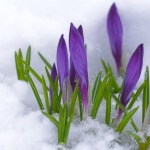




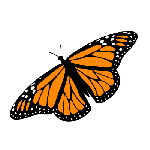

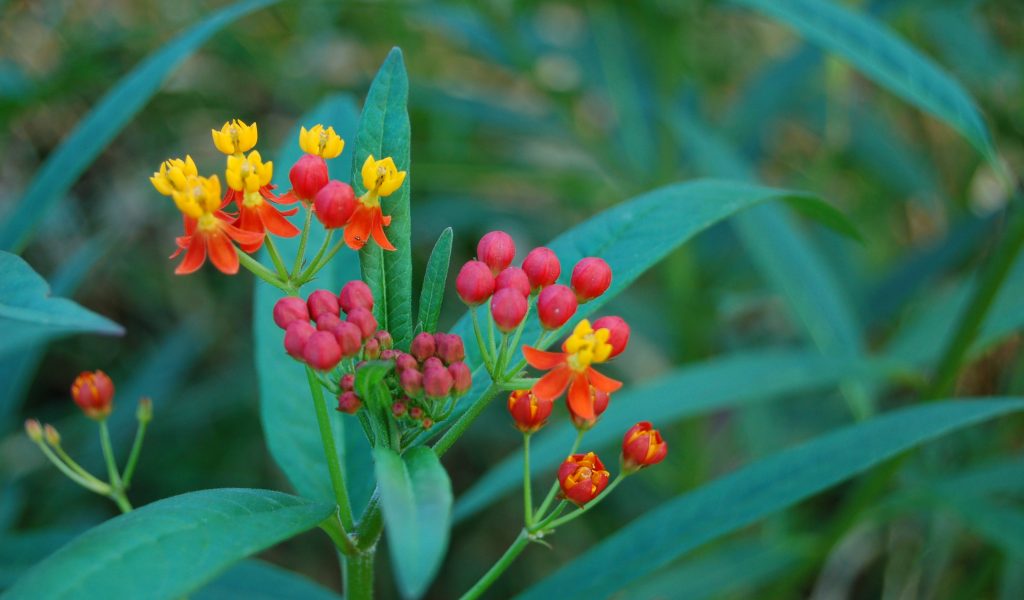

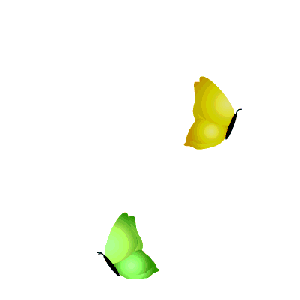





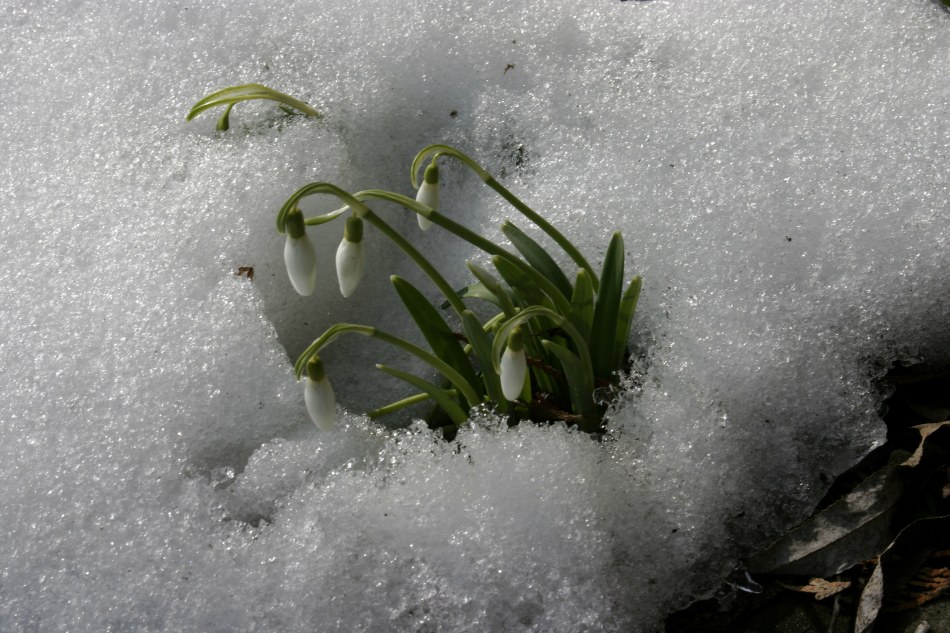











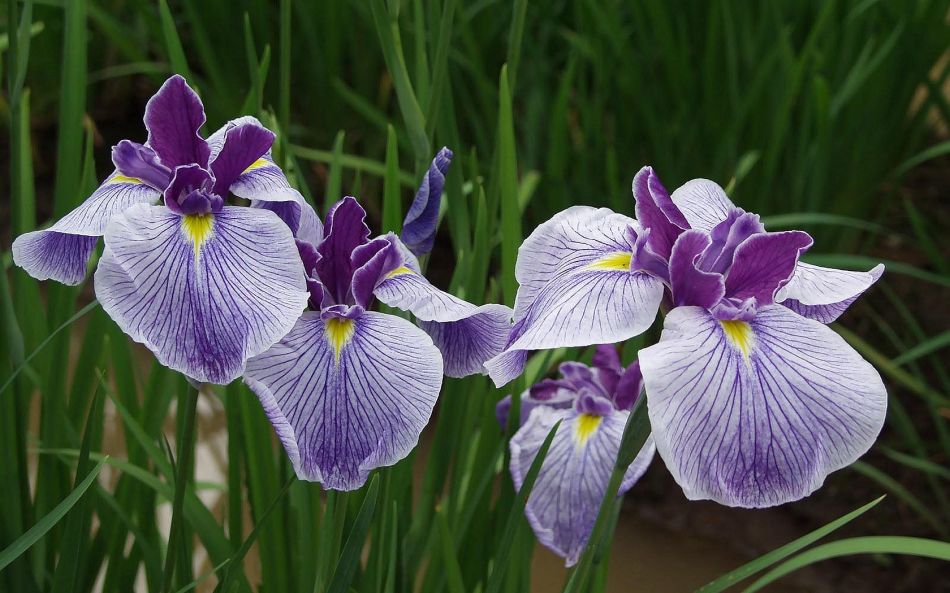




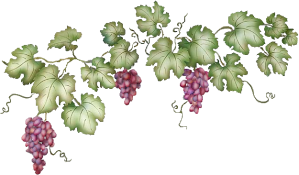


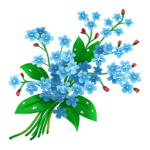



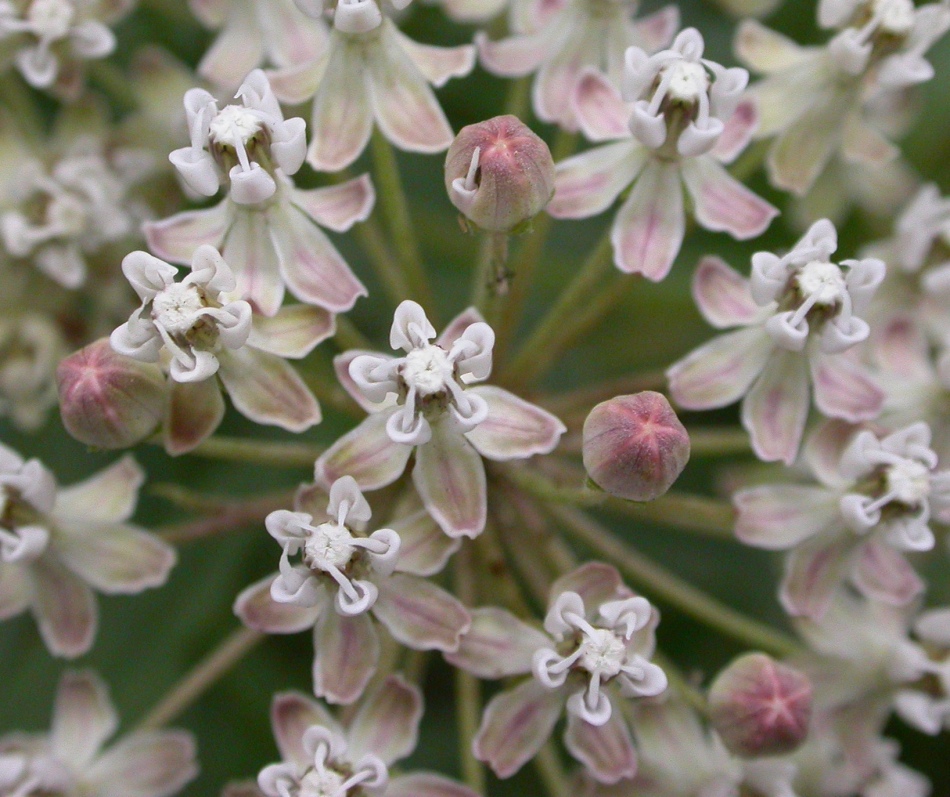


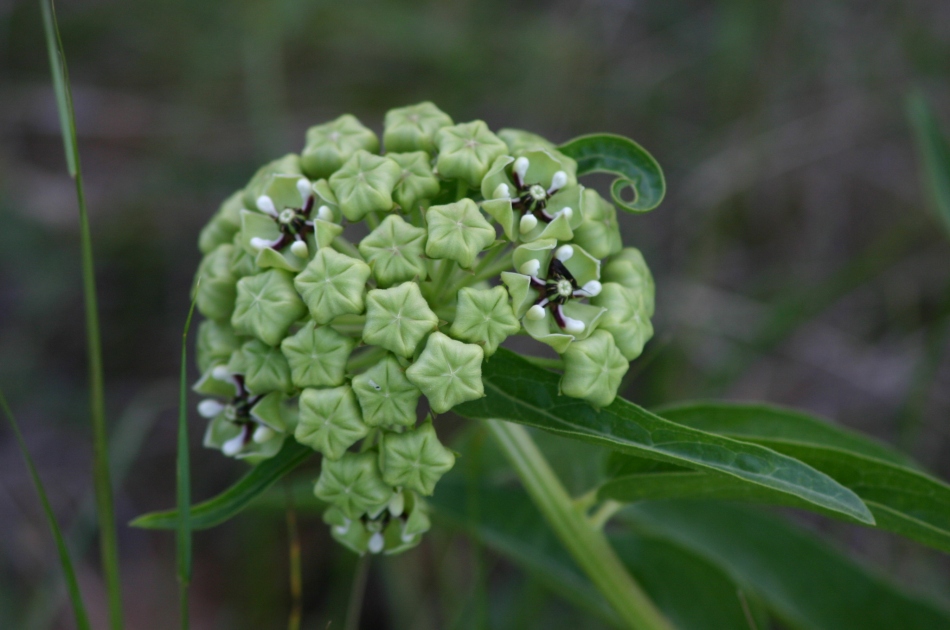
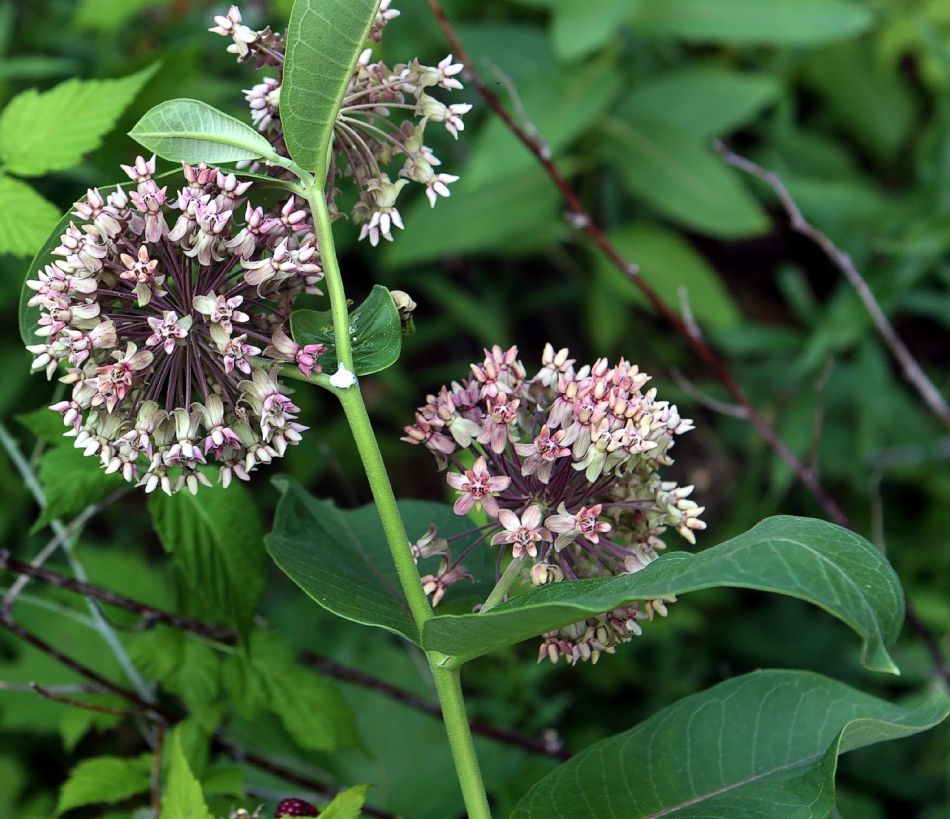
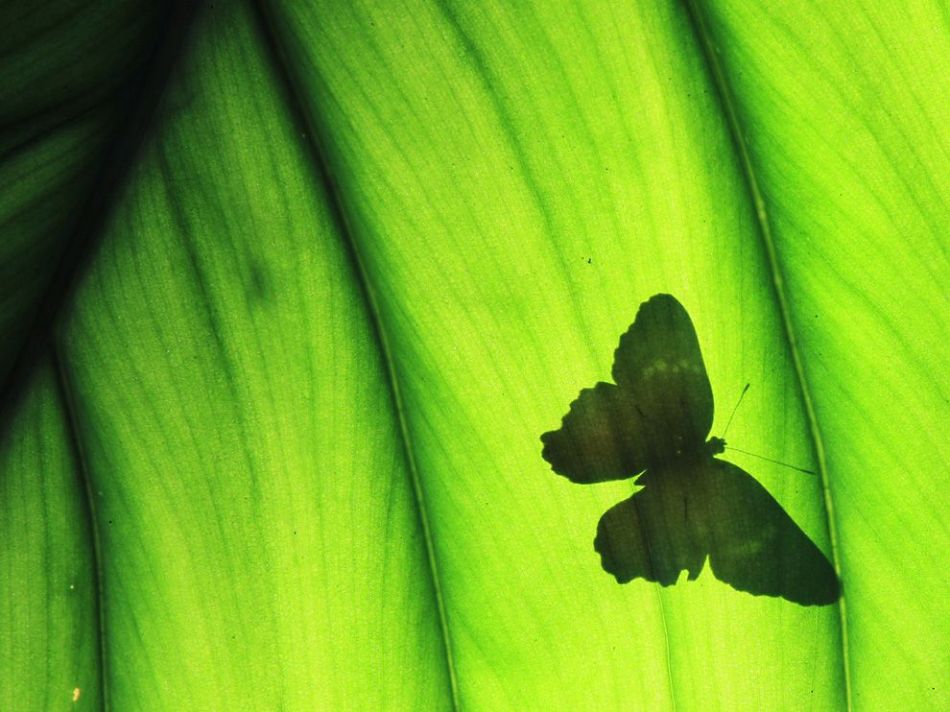
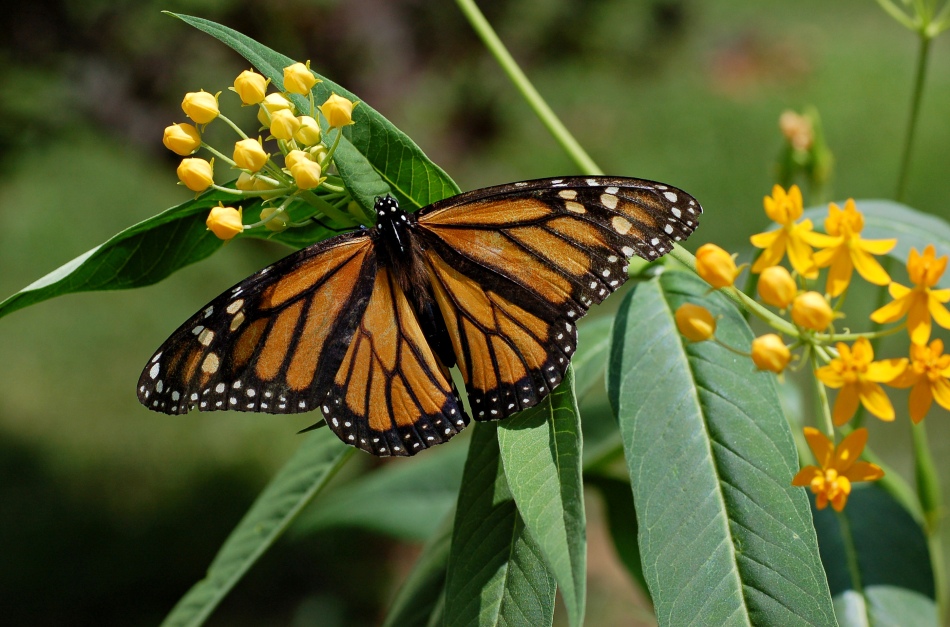
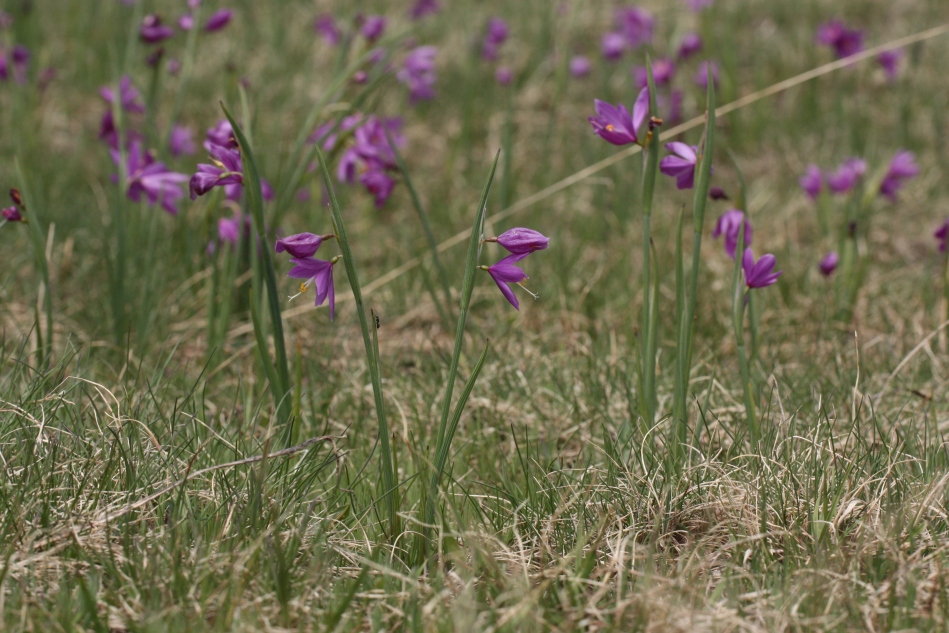


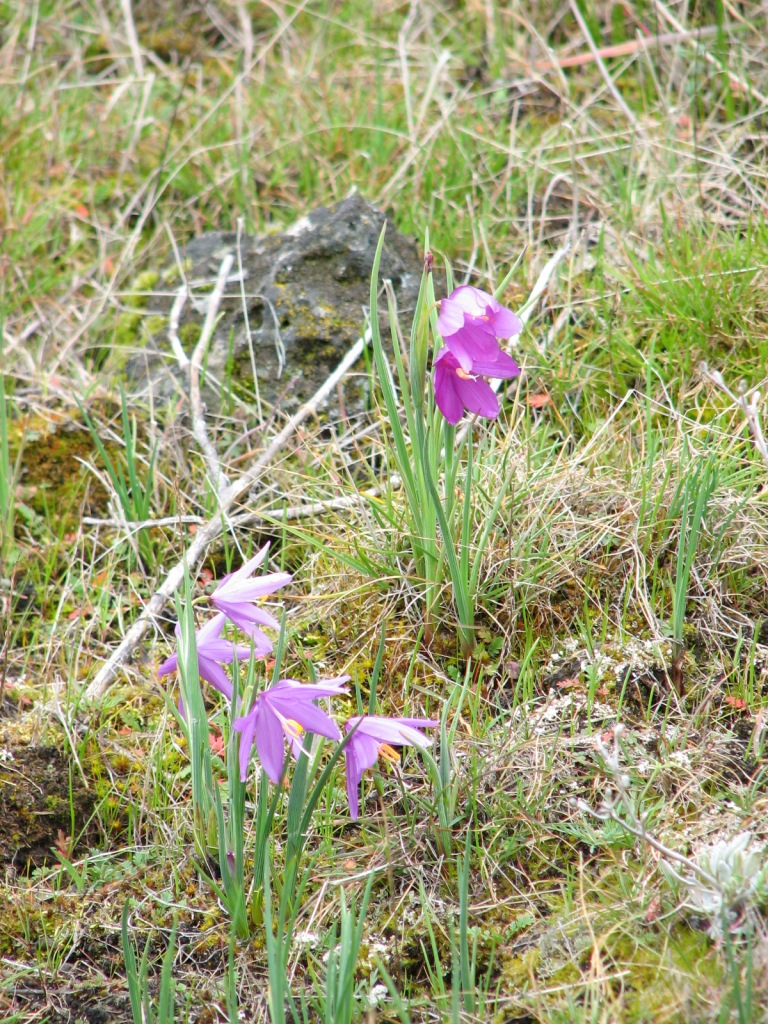



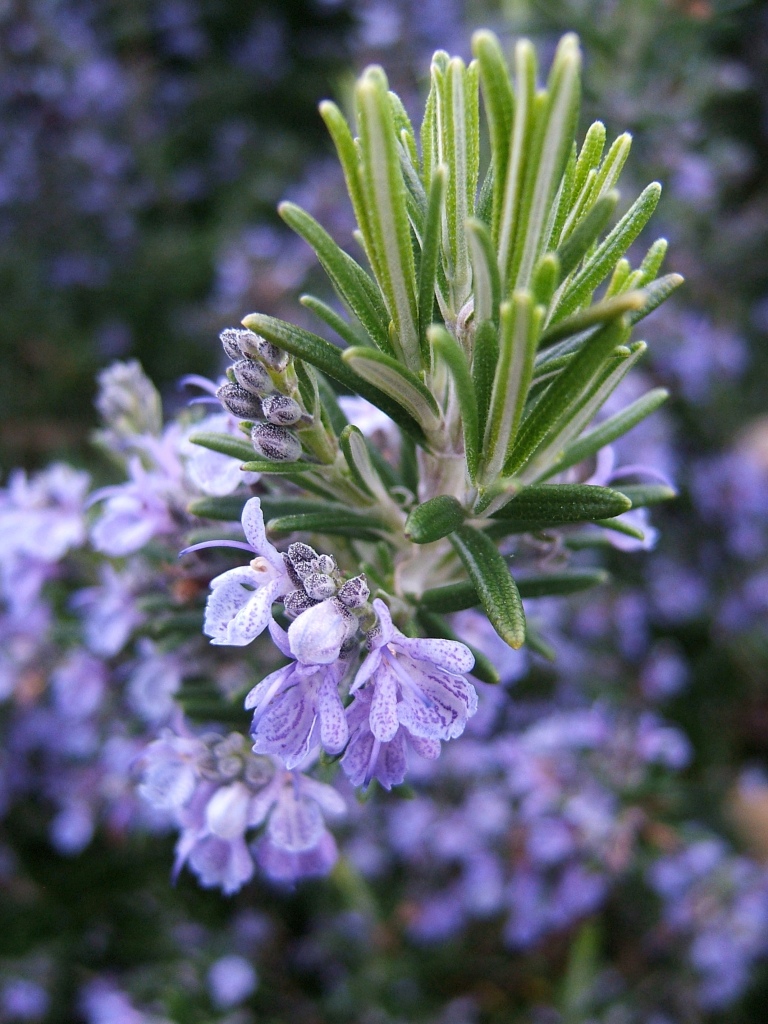

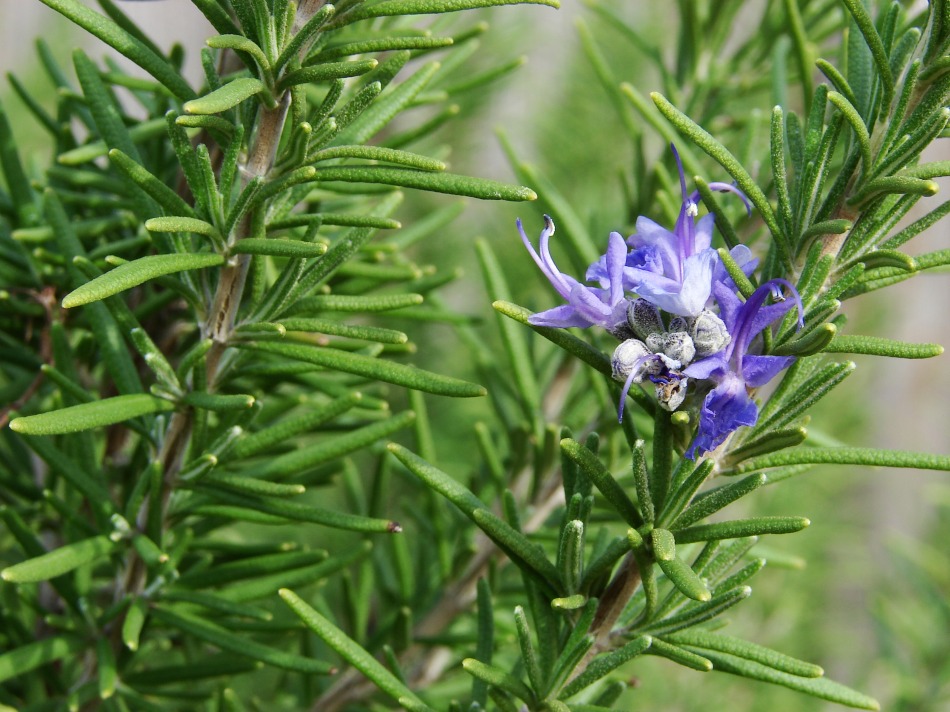
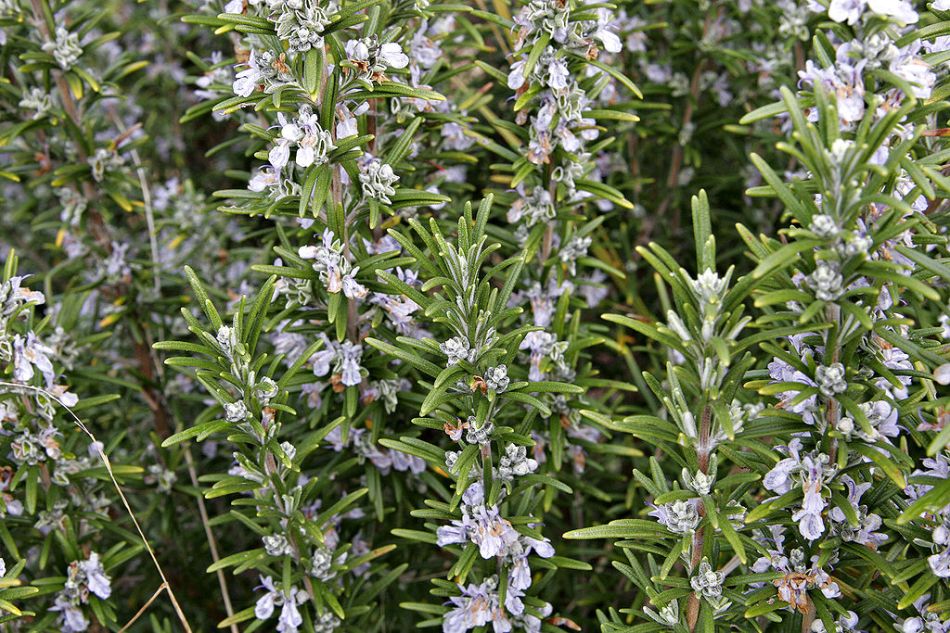




Recent Comments